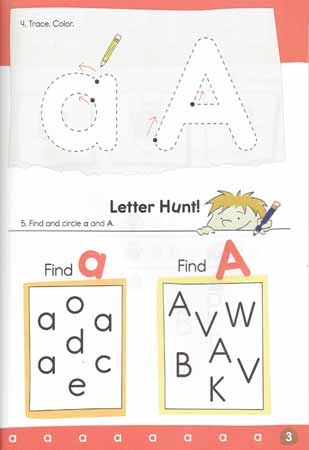

Each persuasive strategy includes an extract from a sample essay.
Readwrite and think how to#

It sets the stage by asking students to think carefully about what they'll learn in a writing class through the debate over the ongoing "writing crisis." In the internet age, to what degree are writing skills still important? Chapter 1 discusses the process model of academic writing/composition, in which revision is the final important step after planning, researching, and drafting.Unlike most books which use this type of rhetorical device, we get to know Ben and Sara's context as well as their work. Perfectly tailored to the essay-level composition course, Read, Think, Write follows two fictional students, Ben and Sara, through the process of an introductory composition class.
Readwrite and think professional#
It is uniquely designed to give students the tools to communicate effectively in their academic work, tools that they will carry with them in their professional work. Read, Think, Write: Strategies for Essay Writing amplifies the academic content of communication courses with increased coverage of such topics as explaining and persuading strategies, and the role of research in writing. Based on research into the specific needs of Canadian composition instructors, Richard Almonte’s approach emphasizes the development of portable, generic skills related to critical reading and writing.

Lifting the curtain on the key debates in academic writing, Almonte invites students to create sophisticated essays by bringing in outside sources, using traditional structures at their disposal, and writing accurately – and by thinking critically about how and why they must write. Overall, Read Write Think has some great resources for all year levels.Read, Think, Write: Strategies for Essay Writing is a fresh and authoritative book created for the essay-level composition course. There are some limitations to this site such as the fact that some work can’t be saved although it can be printed and there is always the option to screen capture your work. The site also includes some useful “writing” resources such as Acrostic Poems, Animal Inquiry, Postcard Creator, Flip Book and Letter Generator. There are also some great “learning centre” type games for younger students such as Word Wizard, ABC Match, Word Family Sort and What’s in the Bag? My Grade Two students particularly enjoy Construct-a-word. Here is a Venn diagram a group of my Grade Two students made this week after we read a book in Guided Reading.

There are many “thinking tool” type resources that could be used as an after reading task such as a plot diagram, book cover creator, character trading cards, story map and timeline. There are over 50 interactive resources that would be great to use on the IWB in any literacy classroom. While this site includes lesson plans and web resources, I have found the most useful aspect of the site to be the Student Materials. Read Write Think is a site from the UK that offers a collection of online Student Materials to support literacy learning in the P-12 classroom.


 0 kommentar(er)
0 kommentar(er)
